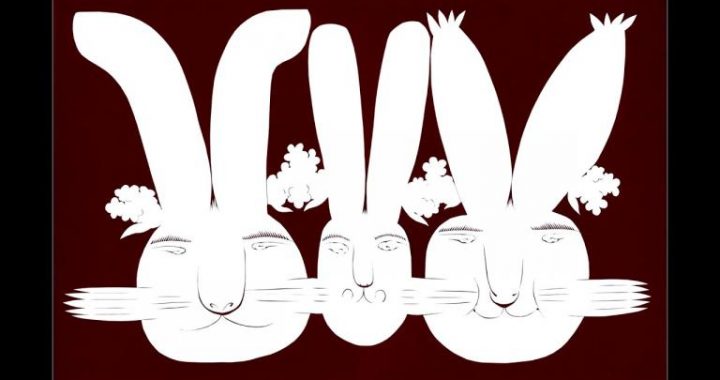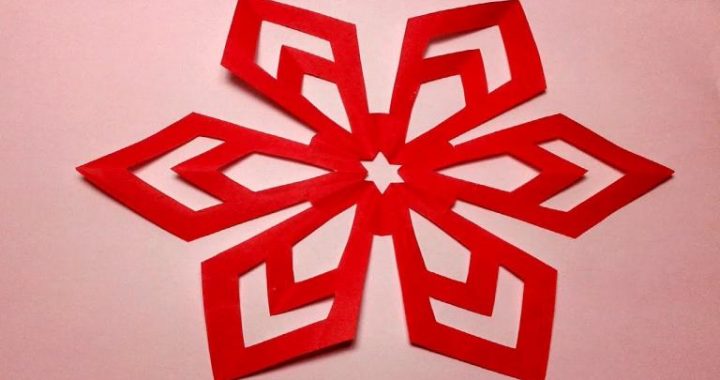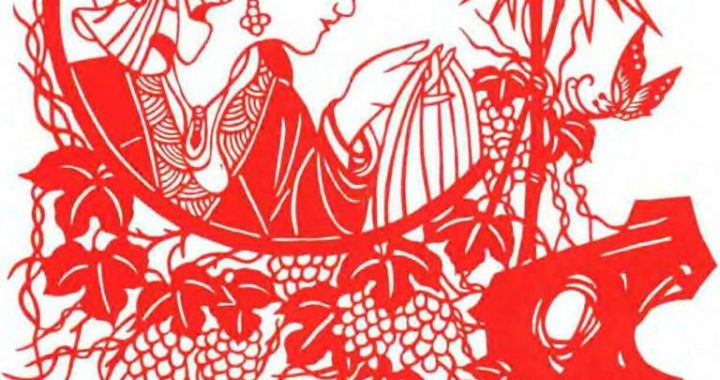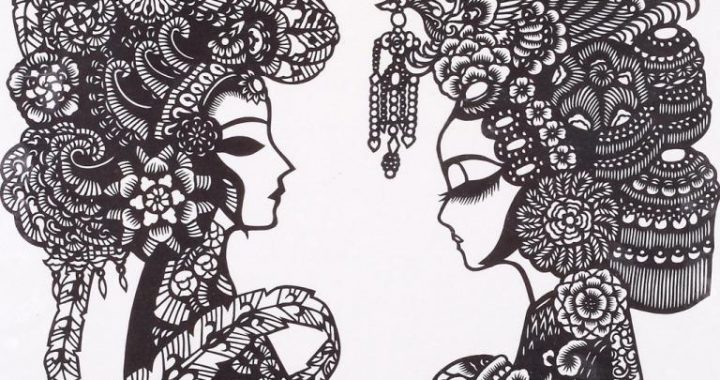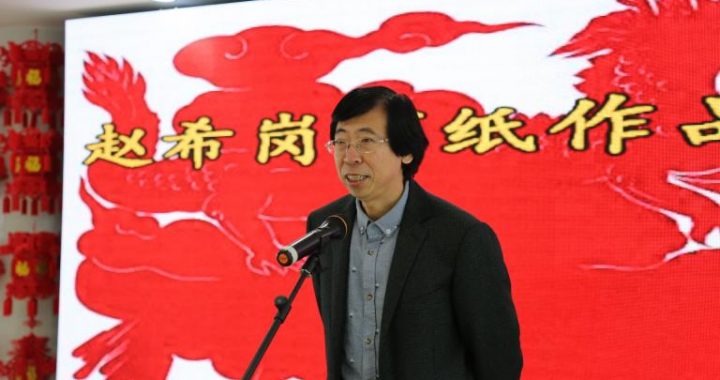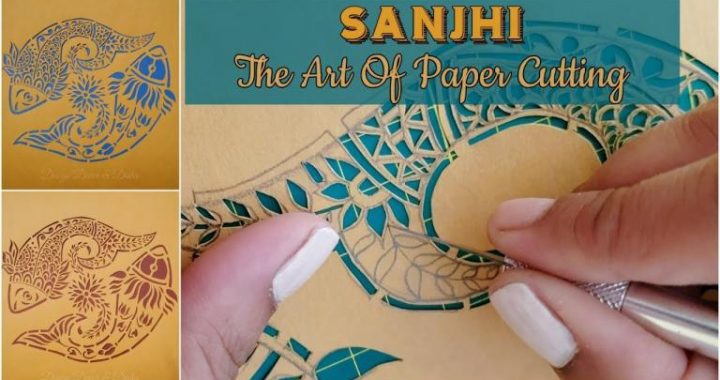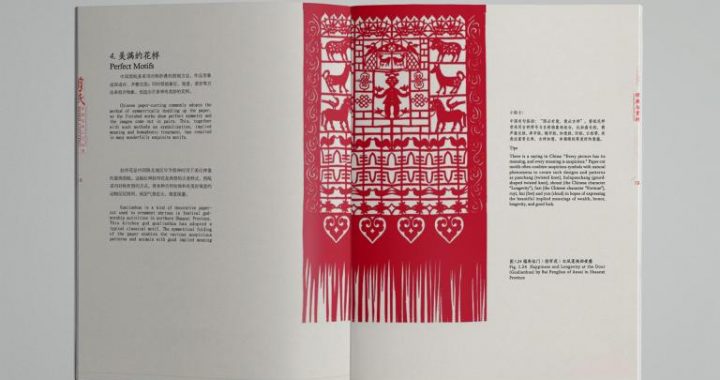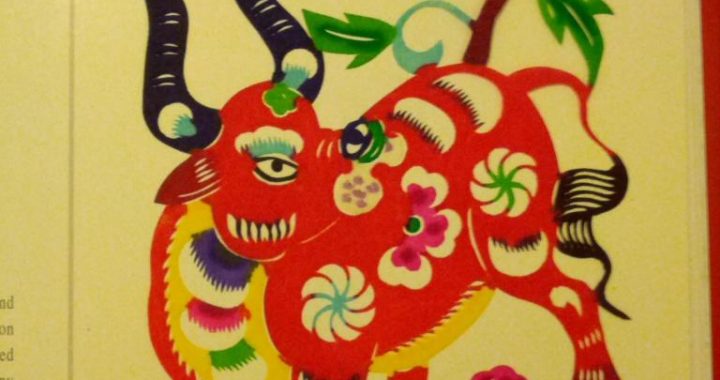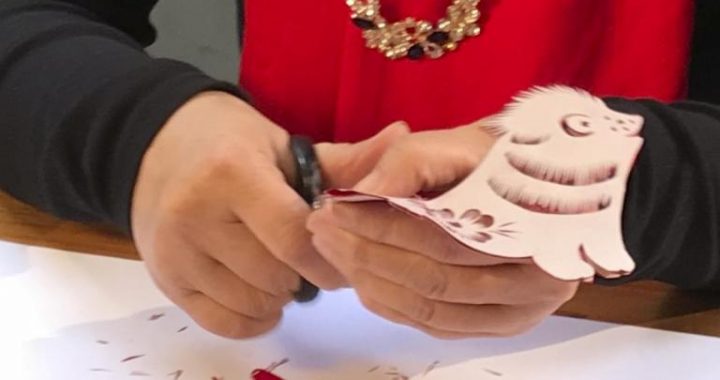Kite
5 min readKite is one of the most typical Chinese folk toys. It incorporates into a whole appreciation, entertainment, competition, exercise, and is closely connected with folkways, festivals, science and technology, history, etc, fully revealing the rich content of folk toys. Flying kites often occurs on the occasion when people go for an outing around the Pure Brightness Day. In the past people used to write their own names on the kite when they were in distress or fell ill. As the kite was flying high above, they cut the string and let the kite fly away with the wind. In so doing they believed that their bad luck had gone with the kite.
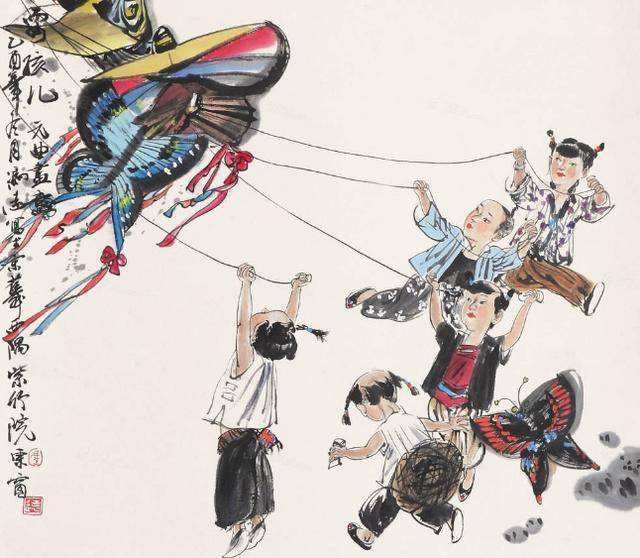
The name of kite varied in different period of times. Some ancient book written in the pre-Qin period records that the thinker Mo-tzu and the master craftsman Gongshu Ban had both made something called “wooden hawk.”Later on it was said that the distinguished general Han Xin (?-196 BC) ever made “paper hawks”in the first years of Han Dynasty. According to more reliable source, the kite originated in the Northern and Southern Dynasties. It was named “paper crow”or “paper owl”at that time. The kite was not used as a toy but used in military affairs, correspondence, measurement, publicity, etc. It was after the Five Dynasties that the kite becamepopular and turned to be a means of entertainment. During the mid-Tang Dynasty.
paper started to be more widely used in everyday life and gradually replaced other more expensive materials in making kite thanks to its low cost and easy working process.
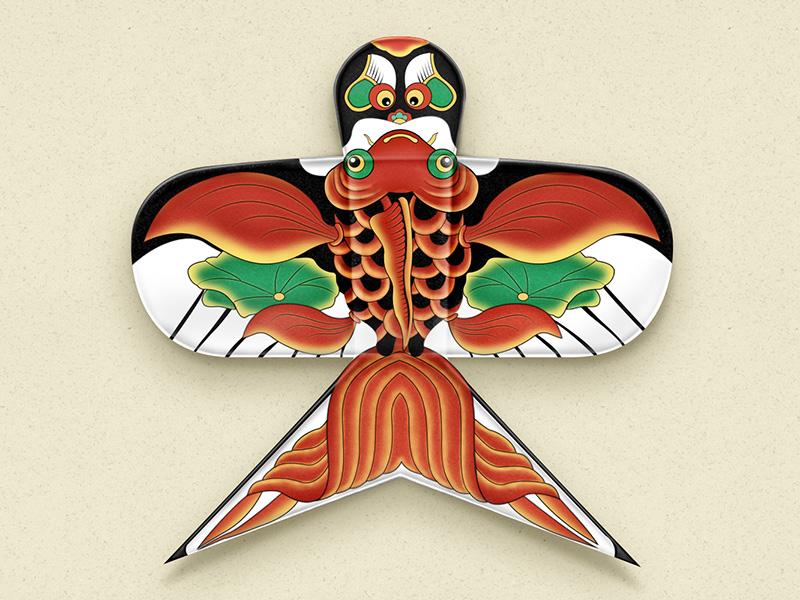
New Year’s painting:Kids Flying Kite.
By the Song Dynasty,kite-flying was popularized;kite-making became an occupation.Gradually the custom of flying kites at the Pure Brightness Festival was established.Scenes of flying-kite can be seen in both the famous painting Pure Brightness Day on the River by Zhang Zeduan,eminent artist of the Northern Song Dynasty and the picture One Hundred Sub-graphs by Su Hanchen.
Kite-flying had its heyday in the dynasties of Ming and Qing.Kids competing in flying kites became a spring-time scene.Even high officials and noble lords enjoyed flying kites.In the Palace Museum in Beijing there are still three big kites housed that had been played by Puyi,last emperor of Qing Dynasty.Cao Xueqin(1715-1763),theliterary giant who wrote the masterpiece The Dream of Red Mansions,also wrote a book entitled Records of Crafts in Making Kites in the North and South,which contains primarily rhymes about making kites and colored patterns of all types of kites.
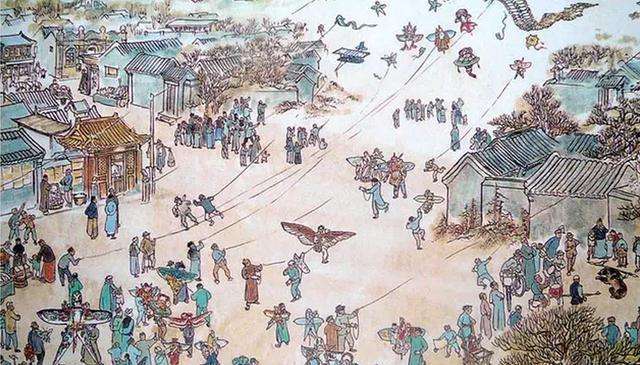
Enjoying Paper-Hawk Flying,an ilustration in the late-Qing picture album Painting Treasure of Wu Youru.
Beijing wing-to-wing swallow kite.It is a kind of sand swallow kite made of bamboo and silk.
Butterfly kite made of paper and bamboo in Chengdu, Sichuan.
Making a kite usually has four steps: making framework, pasting paper, painting and flying. The materials used are usually bamboo, paper, silk fabrics, etc. The shape of the kite was exquisite at first, but later on more realistic style has been developed.
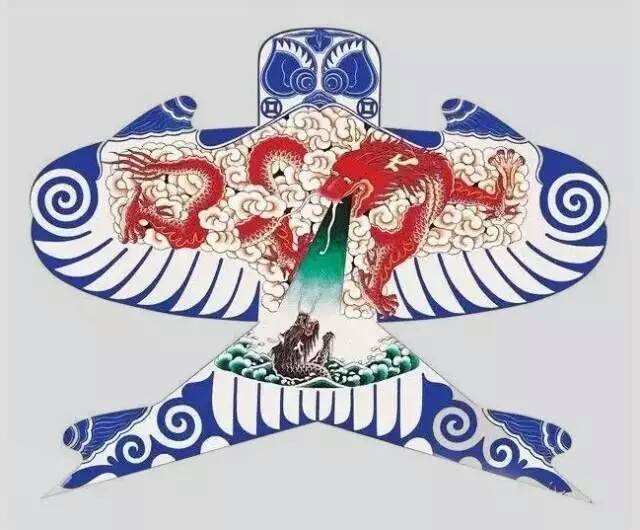
The structure of the kite is required to conform not only to the principle of balance, but the principle of aerodynamics so that the kite can fly high above and accomplishall sorts of elegant movements. For instance, the centipede-shaped kite is required to hold its head high; the double-butterfly roll up and down, to the left and to the right; eagle soar and circle, big-board hawk firm as Mount Tai in the sky. The New Year picture workshops at that time used woodblock to print color paper specifically for kite use, whereas artisans decorated kites with various techniques such as pasting paper, making relief from paper, paper-cut, outlining design in gold, etc.
Kite as an entertainment device appealing to both the refined and the ordinary people, has developed a wide range of variety including toy kites, ornamental kites, stunt kites, practical kites in terms of function; hard-wing kites, soft-wing kites, bat-shaped kites, straight-stringed kites, barrel-shaped kites, kites carrying pole, soft kites etc. in terms of structure; bird-shaped kites, insect-shaped kites, aquatic-shaped kites, human figure kites, character-shaped kites, object-shaped kites, geometric figure kites, etc. in terms of shapes and themes. In the northern and southern regions of the Yangtze River there are kite making centers of which the most distinguished are Beijing, Tianjin, Shandong Weifang, Jiangsu Yangzhou, and Sichuan Chengdu.
Hard-wing kite is a common type of which the two wings are made of bamboo strips connected to the trunk and are non-foldable. Beijing sand-swallow kite is the most typical of hard-wing kites. Its wings are bound with two bamboo strips, one above and the other underneath. The head and the abdomen are formed by bending a long bamboo strip into a U-shape; the tail is made of two bamboo strips crossing each other. Together these parts are bound to form a framework of which each part has fixed proportion in measurement. Hard-wing kite is easy to make, solid and durable, and is therefore favored by many people.
Eight Trigrams kitea type of bat-shaped kite.
Bat-shaped kite looks like a flat board in the shape of a mask,a tripod, or a cicada,etc. The most characteristic is the traditional Eight Trigrams kite, which has to rely on strong wind force to fly up in the sky. The bat-shaped kites can be designed to giveexpression to different subject matters such as all sorts of objects, characters and geometric figures.
Tile kite, commonly called “seat curtain,”needs only three bamboo strips to make a framework. Two are crossly placed on a square paper and the third is made in the shape of a bow and placed across the top. At the tail of the frame, three paper tapes are attached. Tile kite is the most ordinary self-made kite among the people.
From the dynasties of Tang and Song, Chinese kites started to spread to the outer world, first to Korea, Japan, Malaysia and then to America and Europe, where influenced by the industrial revolution in Europe, Chinese kites developed towards aircrafts. In the NASA Museum in Washington, US, there is a sign conspicuously stated that the earliest aircrafts were China’s kites and rockets.
